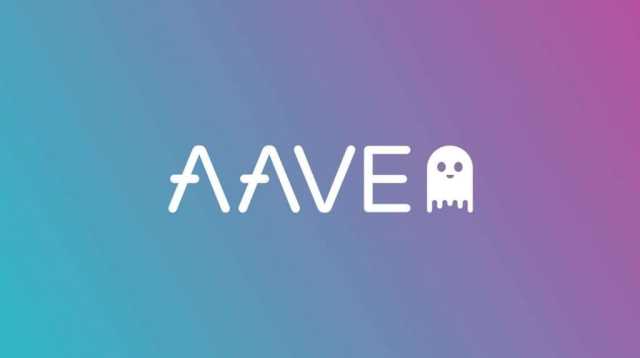The number of tokens they hold or stake qualifies someone to be a validator. This article focuses on crypto staking as a means of securing the blockchain, not so much on the yield-generating part, which is a worthy topic on its own for another day. For most individuals and institutions, using a trusted staking-as-a-service provider like Figment offers an ideal blend of security, rewards optimization, and a seamless user experience. Stakers will also earn rewards in the form of fees and MEV when proposing blocks, which are made available immediately via the set fee recipient address.
- The NEAR protocol allows developers to build decentralised apps without worrying about the cost and complexity of running the blockchain.
- Ethereum is the world’s second-largest crypto project by market capitalization and was the first to introduce smart contract functionality to the industry.
- It is also known for supporting more alternative NFT artists in its NFT marketplace known as Viv3.
- It’s also good to know that “staking” has been appropriated to mean, in essence, “give me your tokens, and I’ll give you more tokens plus some extra benefits”.
- It offers staking on Ethereum, Solana, Cardano and Polkadot, along with 17 other tokens.
- Note that with the non-custodial ones, you would likely be asked to get a wallet compatible with the network you want to stake in.
Are my staking rewards taxable income?
Perhaps the easiest way to invest in crypto is by trading, much as you would trade traditional securities like stocks, bonds or ETFs. There are many crypto ATMs scattered around the country where you can purchase Bitcoin. Unlike a traditional ATM, though, you can’t withdraw actual cash from these machines; they make digital What Is Staking in Crypto only transactions via the blockchain. Decentralized exchanges (DEX) are more aligned with the spirit of crypto, in that these exchanges allow crypto investors to trade directly with each other, without the need for a middleman. In theory, a DEX might be more secure since there’s no central platform that can be hacked.

What is Staking? How to Earn Crypto Rewards
In exchange for locking up your assets and participating in the network validation, validators receive rewards in that cryptocurrency known as staking rewards. Staking eliminates this barrier and allows all users to participate. A proof-of-stake consensus mechanism requires validators to stake their cryptocurrency. By staking their cryptocurrency, validators have a chance at earning a reward that comes with the creation of the next block in the blockchain. By staking their cryptocurrency, validators are able to help keep the PoS networks secure and receive rewards while doing so.
How does Ethereum staking work?
- The longer you are willing to lock up your tokens, the higher the APY.
- However, it’s important to note that not all crypto networks use staking.
- (Bloomberg) — Bitcoin trails traditional assets in August as the month draws to a close, hampered by ebbing liquidity and lingering worries that governments may sell from their stockpiles of the cryptocurrency.
- According to Staking Rewards, more than $132 billion are locked up in supporting proof of stake.
- Those with the most computing power have an upper hand on earning the reward that comes with creating the next block on the blockchain.
- They support a broad range of the more prominent cryptocurrencies that can be staked.
If anything were to happen to the entity, the funds would effectively be lost. As you may know, distributed ledger underpins blockchain technology. Blockchain records are immutable because hundreds of copies of the ledger are spread worldwide and maintained by people. You get the rewards of staking without the need to run infrastructure personally. Figment’s user-friendly platform makes staking easy while providing institutional-grade security, transparency, and risk management. By relying on a robust professional infrastructure, you avoid the risks and complexities of operating validators yourself.
- Many, or all, of the products featured on this page are from our advertising partners who compensate us when you take certain actions on our website or click to take an action on their website.
- With over 1,000,000 validators staking the standard 32 ETH each—more than $100 billion at today’s rates—Ethereum’s Proof of Stake (PoS) mechanism is the biggest example of staking in web3.
- 500,000 FTM are required to be a validator, but you can participate in the staking for much less.
- APE and CRV are applications on the Ethereum blockchain, while CAKE is on the Binance Smart Chain.
- If you believe in the value of the Ethereum network, for instance, the day-to-day swings in price may not affect your desire to sell.
- These paths target a wide range of users and ultimately are each unique and vary in terms of risks, rewards, and trust assumptions.
- It’s also worth noting that in many cases, APY is highly correlated with the lock-up period of the tokens.
If you’re interested in putting some of your cash to good use and contribute towards the health of the crypto industry in general, here’s a nice big list for you to pick from. These blockchains act as the foundation of crypto, in some ways. The healthier they are, the better it is for everyone in crypto.
As mentioned above, there is also custodial and non-custodial methods to take into account, where each carries its own risks. Staking cryptocurrencies also gives you some skin in the game, at least when it comes to the crypto universe. To truly see what kind of fruit is borne, it should involve a longer timeframe, like a year or more. Note that in 2022, Algorand staking changed to include governance with additional governance rewards being rewarded for stakers who commit their ALGO for 3 months.


